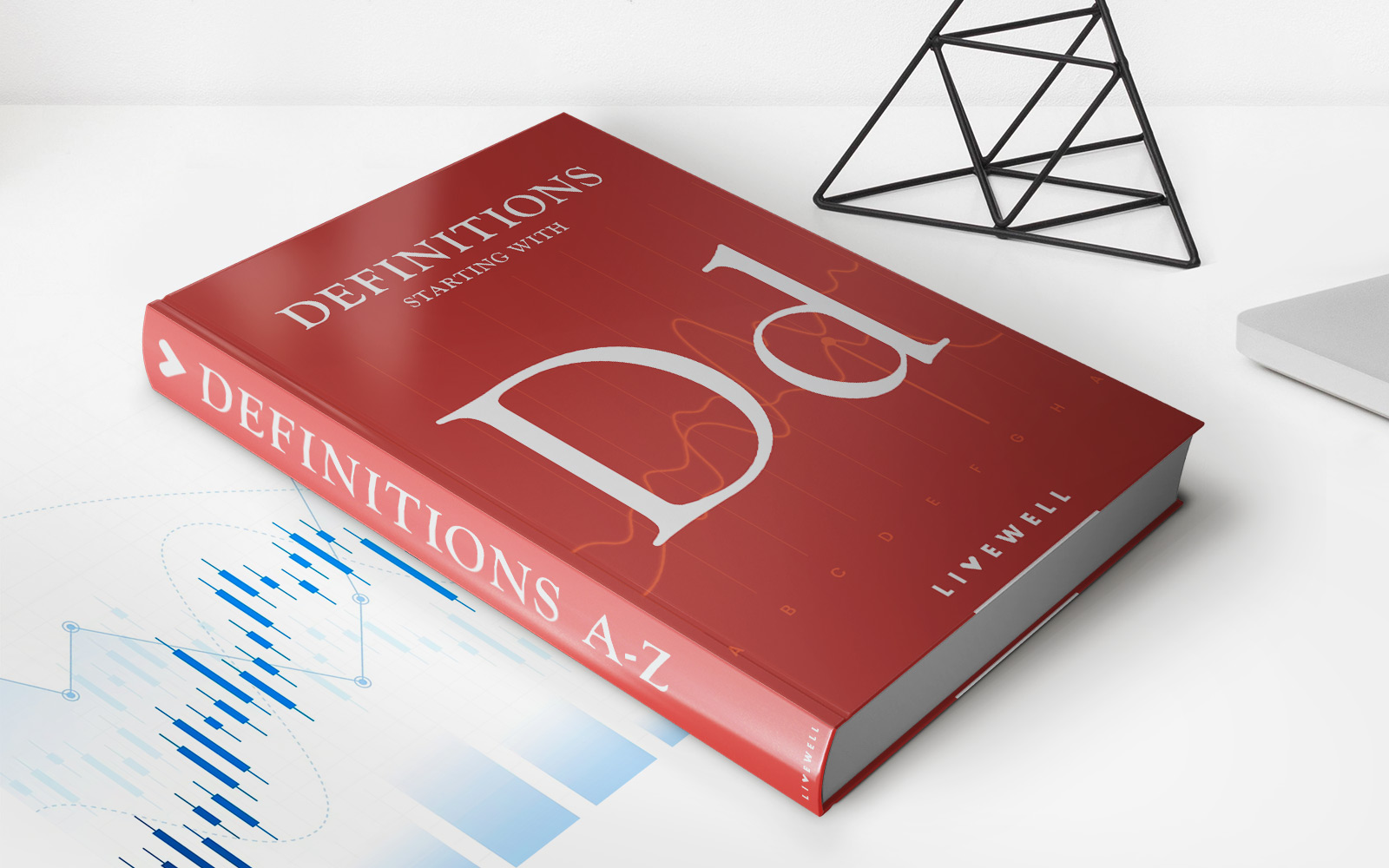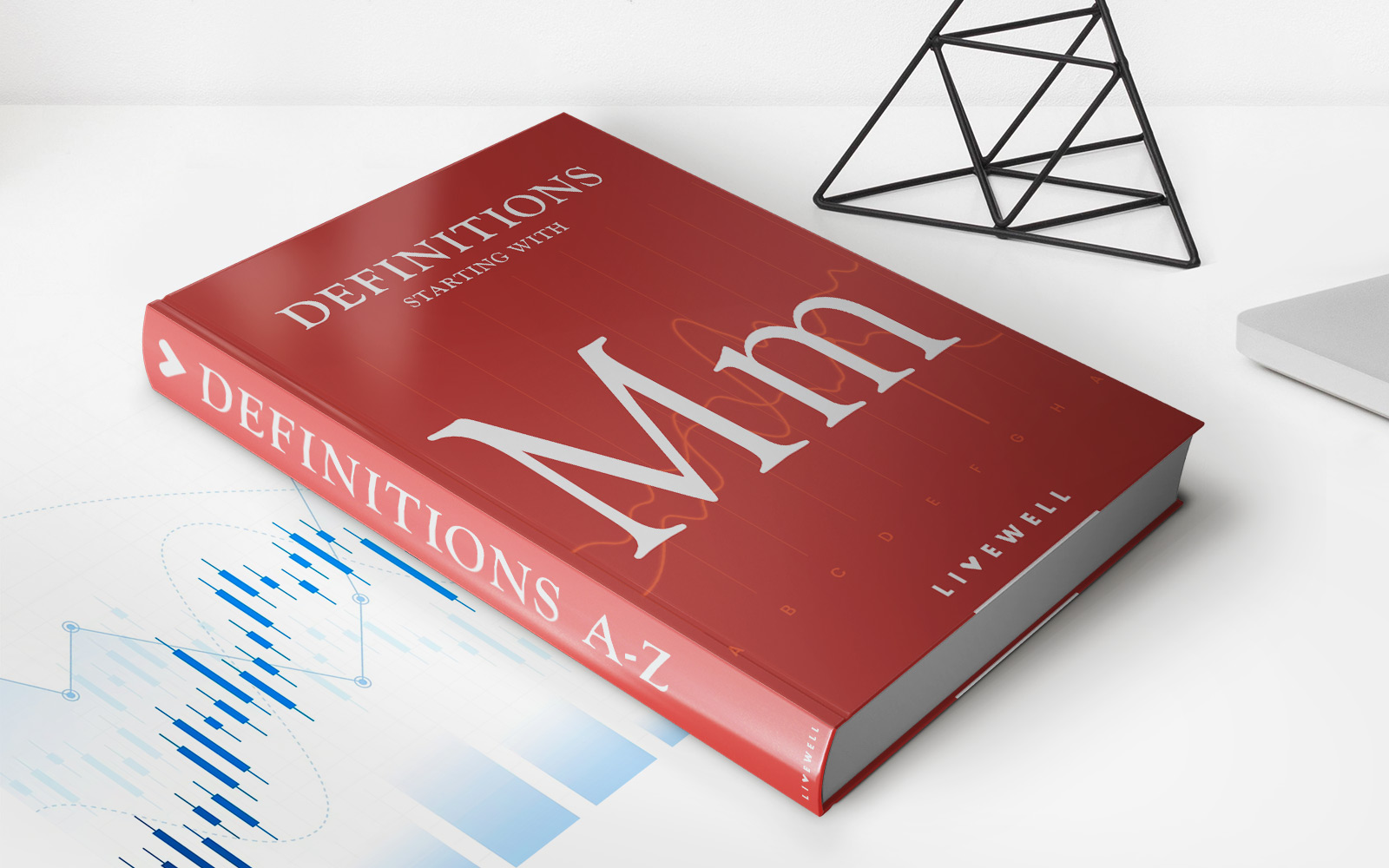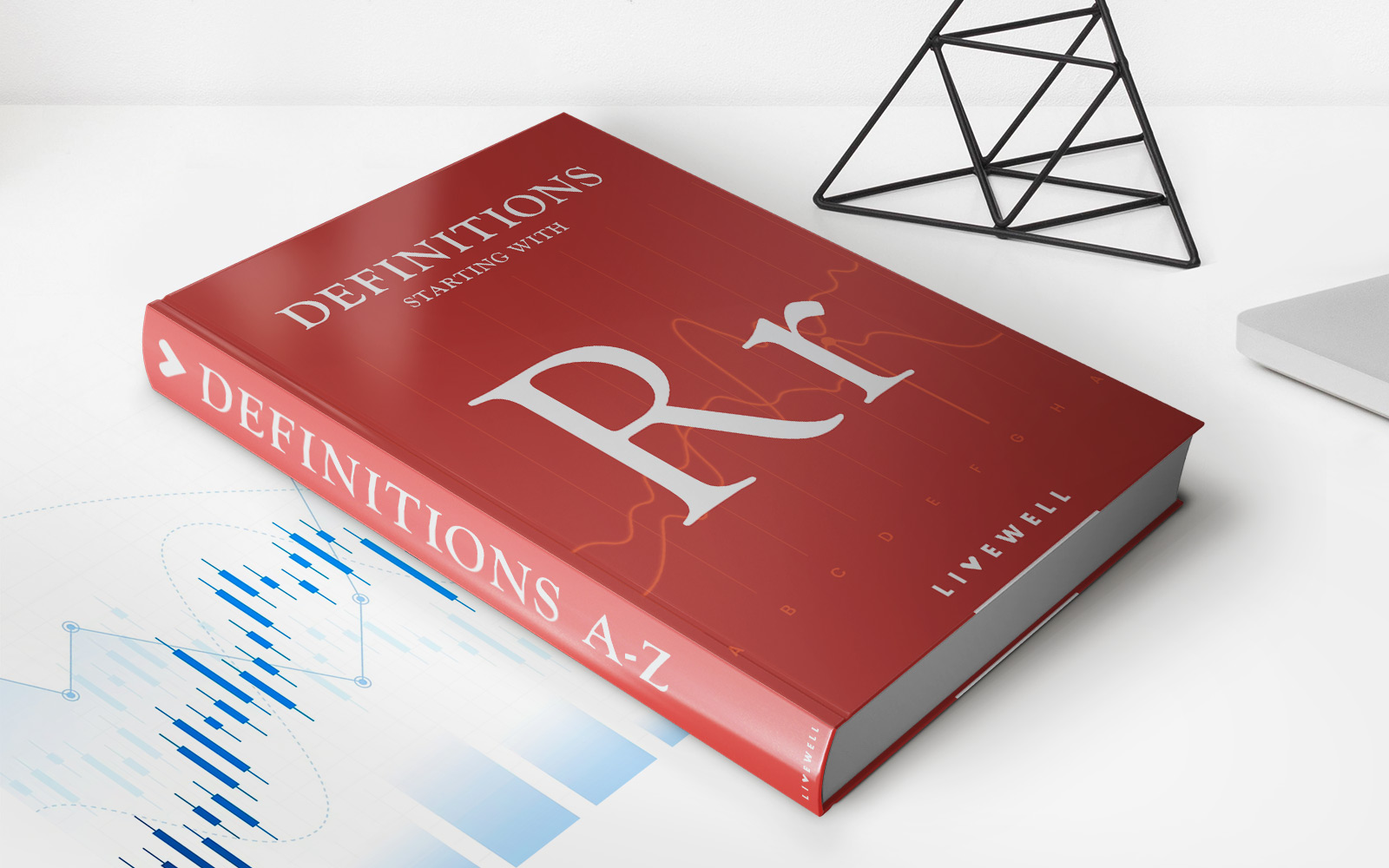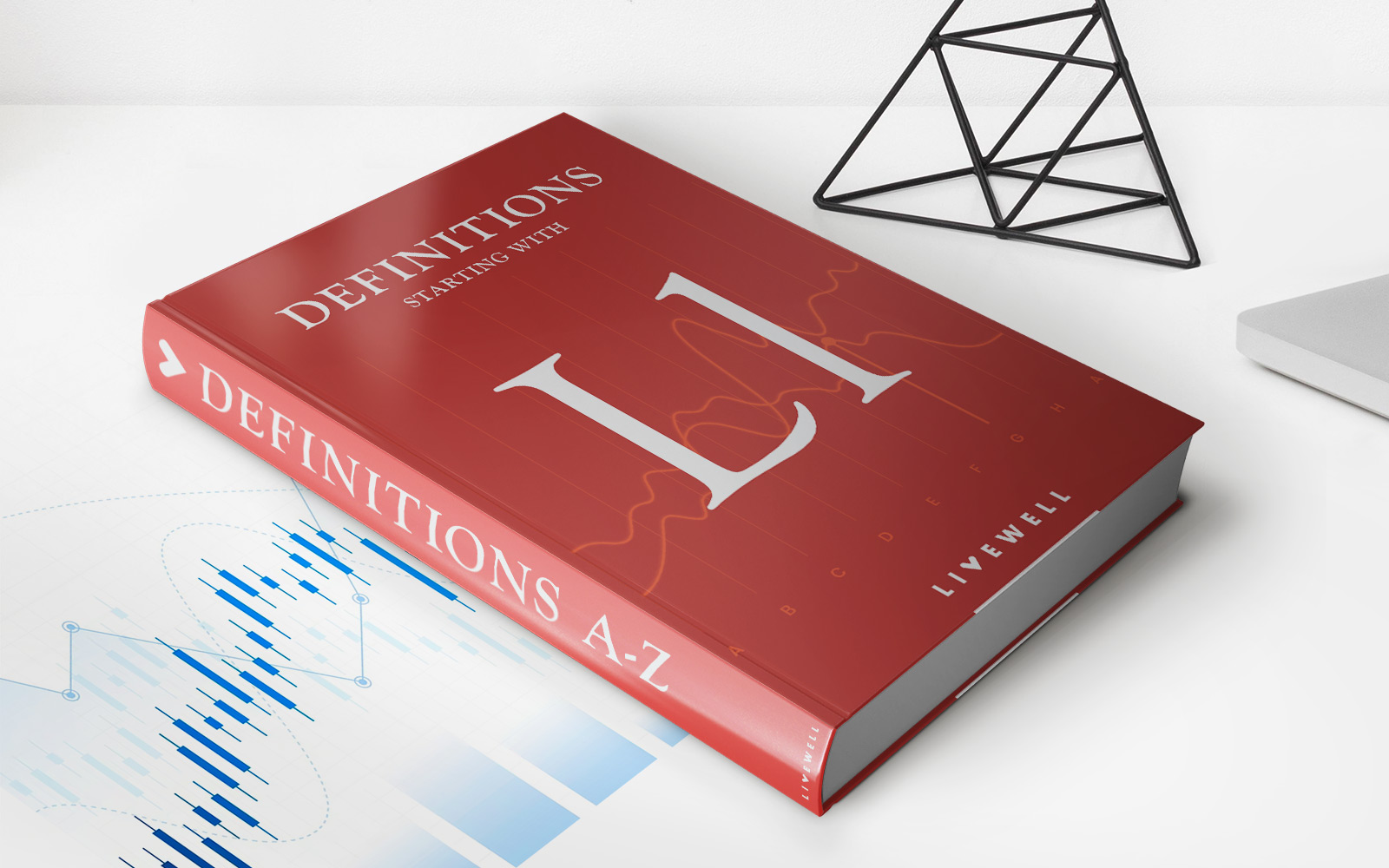

Finance
Drawdown Percentage Definition
Published: November 14, 2023
Discover the meaning of drawdown percentage in finance and how it impacts your investments. Gain insights into managing risk and maximizing returns.
(Many of the links in this article redirect to a specific reviewed product. Your purchase of these products through affiliate links helps to generate commission for LiveWell, at no extra cost. Learn more)
Understanding Drawdown Percentage Definition: A Key Concept in Finance
When it comes to financial planning and investments, having a thorough understanding of various terminologies is essential. One such concept that every investor should be familiar with is the drawdown percentage. But what exactly does it mean? And how does it impact your investment portfolio? In this blog post, we will break down the drawdown percentage definition and explain why it is crucial in the world of finance.
Key Takeaways:
- Drawdown percentage refers to the peak-to-trough decline experienced by an investment or trading account during a specific period.
- It is an essential metric used in portfolio management and risk assessment.
Let’s start by answering the question, “What is drawdown percentage?” In simple terms, drawdown percentage represents the loss an investment or trading account experiences from its peak value to its lowest point. It is usually expressed in percentage terms and measures the extent of decline during a specific time frame, such as a month, quarter, or year.
Drawdowns can occur in any type of investment, from stocks and bonds to mutual funds and cryptocurrencies. They are a common occurrence in the financial markets and can happen due to various factors such as economic downturns, market volatility, or specific events impacting a particular industry.
So why is understanding drawdown percentage crucial for investors and traders? Here are two key takeaways:
- Risk Assessment: Drawdown percentage allows investors to evaluate the potential risks associated with a particular investment. By understanding how much an investment can decline, individuals can make informed decisions and manage their portfolio accordingly.
- Portfolio Management: Drawdown percentage is an important metric used in portfolio management. It enables investors to assess the overall performance and volatility of their investment portfolio. By monitoring drawdowns, investors can adjust their asset allocation and risk tolerance to maintain a healthy balance.
As an investor, it’s crucial not only to focus on the potential returns but also to understand and manage the potential risks. By tracking the drawdown percentage of your investments, you can gain a deeper understanding of their performance, volatility, and potential downside.
In conclusion, drawdown percentage is a significant concept in the world of finance. It allows investors and traders to assess the risks associated with their investments and manage their portfolios effectively. By understanding the drawdown percentage definition and monitoring it closely, you can make more informed decisions and navigate the complex world of finance with confidence.














